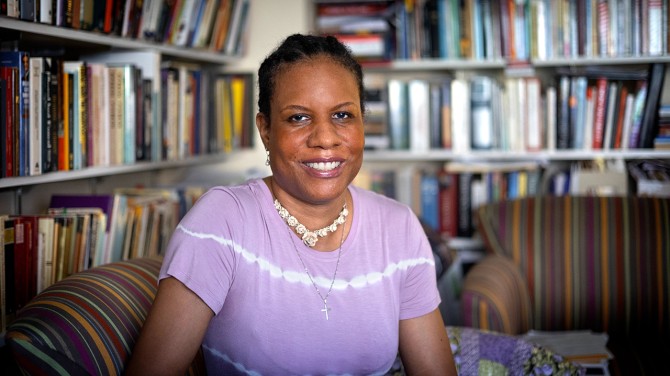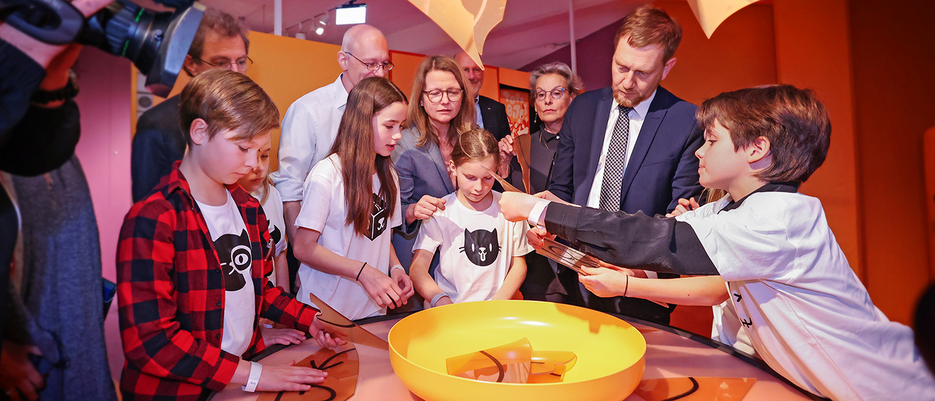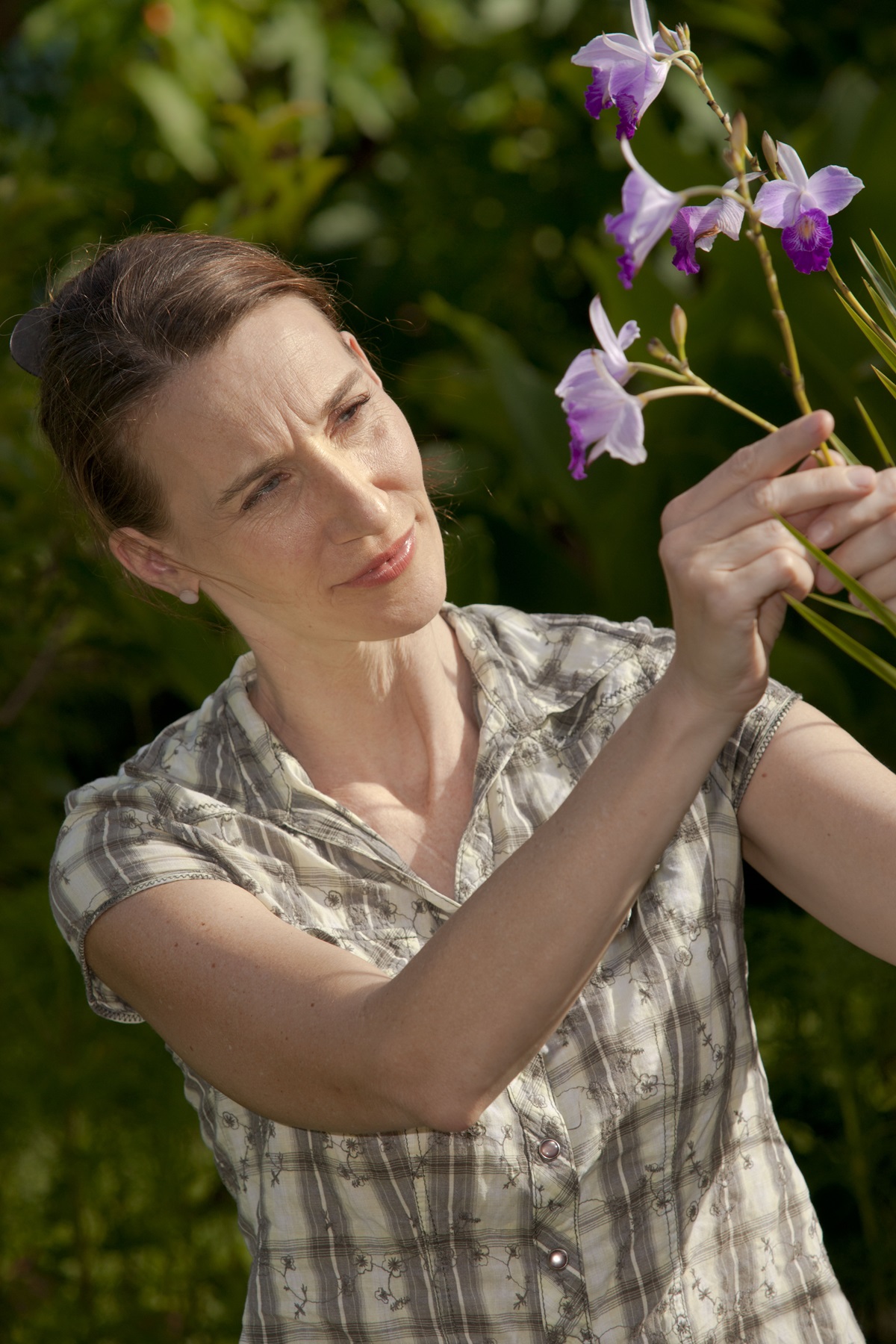Researchers find remote Aboriginal community instated public health precautions early on in the pandemic to protect its people
Those that had the means moved to islands and outstations while those that stayed rationed food, restricted alcohol purchases and took care of elderly community members
Lessons from previous pandemics were used as precedents on how to handle COVID-19
Aboriginal people in remote communities are intellectuals making sense of the COVID-19 pandemic in their own informed ways, a new paper co-authored by Monash University has revealed.
Associate Professor John Bradley, Deputy Director of the Monash Indigenous Studies Centre and Professor Amanda Kearney from Flinders University took to Zoom and telephone to connect with Yanyuwa families from the remote community of Borroloola in the Northern Territory, about 650km south-east of Katherine.
They tracked the story of pandemics from the perspective of Aboriginal people in the Gulf region of northern Australia and published the findings in From Sorcery to Laboratory – Pandemics and Yanyuwa experiences of Viral Vulnerability, currently in press with the Oceania Journal of Anthropology.
Their paper revealed Aboriginal people draw heavily on their own histories and social memories whilst centralising kin and family as the pathway towards health and wellbeing.
Associate Professor Bradley has been working with these families for the past 40 years, with some reflections in this paper drawn from his previous work.
In the paper, the current pandemic is compared to other pandemics, including the Hong Kong flu in 1969 and the Spanish flu in 1919, with reflections on Yanyuwa efforts to determine where these forms of sickness came from and how they might be resisted.
“It is clear that people in Borroloola draw on a long history of knowing the impact of pandemics,” Associate Professor Bradley said. “With this in mind, they also know what is going on with the COVID-19 pandemic, they are processing information minute by minute, are well informed and in some respects were in control of aspects of the lockdown and isolating strategy in this community.”
During the current health crisis and previous ones, Associate Professor Bradley found a process of determining where sickness came from and how it might be resisted was undertaken each time.
“Aboriginal people undertake their own culturally responsive health strategies, irrespective of whether federal and territory governments commit heavily to an intercultural vision of health and health care,” he said.
“Many people, and certainly politicians, imagine remote Aboriginal communities as sites of vulnerability; isolated places of little hope. This is not the case. Yanyuwa stories of the COVID-19 pandemic show that people have pulled through the most challenging phase of this pandemic, with their families and community intact.
“This is also what they did in the aftermath of the Spanish Flu and Hong Kong Flu. This time around they know what is going on and have drawn on their cultural strength, that is kinship and a kincentric focus for life, in dealing with the challenges everyone has faced during lockdown and isolation.”
Through publishing this paper, Associate Professor Bradley hopes a wider audience can appreciate the adaptability, responsiveness and agency displayed by Indigenous people.
“It is imperative that these stories are listened to, because they are insightful and they matter,” Associate Professor Bradley said.
“This valuable research provides a unique take on the experience of pandemics in the area by centralising the point that culturally nuanced and prescribed responses to illness and threat of illness have a long history in many Indigenous communities.
“It also provides important insight to shaping future pathways for culturally responsive preventative health measures and strategies.”
COVID-19 has prompted renewed attention among health professionals, Aboriginal community leaders and social scientists on the need for culturally responsive preventative health measures and strategies, in light of prevailing health, social and economic inequities in Australian society.








